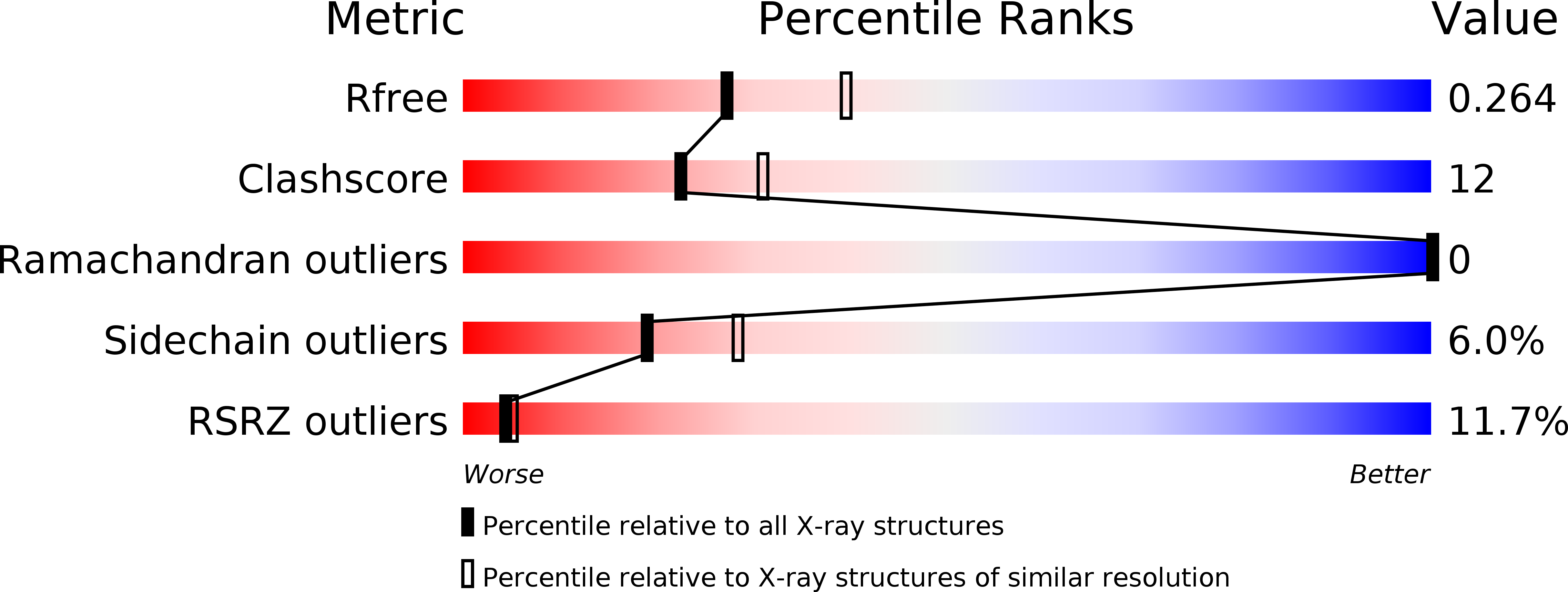
Deposition Date
2019-02-01
Release Date
2019-12-11
Last Version Date
2023-11-22
Entry Detail
PDB ID:
6JDG
Keywords:
Title:
Complexed crystal structure of PaSSB with ssDNA dT20 at 2.39 angstrom resolution
Biological Source:
Source Organism:
Pseudomonas aeruginosa PAO1 (Taxon ID: 208964)
synthetic construct (Taxon ID: 32630)
synthetic construct (Taxon ID: 32630)
Host Organism:
Method Details:
Experimental Method:
Resolution:
2.39 Å
R-Value Free:
0.26
R-Value Work:
0.21
R-Value Observed:
0.21
Space Group:
P 31


